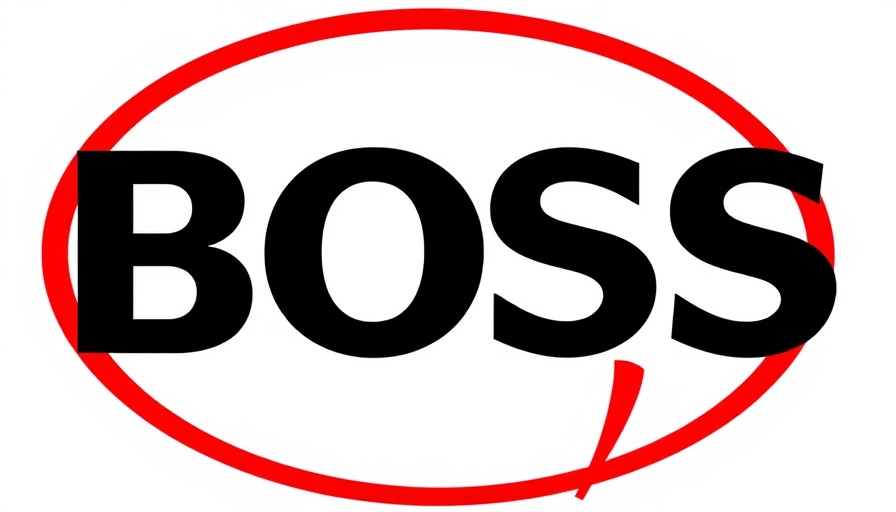
Tragic Consequences of Viral Challenges
On September 6, a young man in North Smithfield, Rhode Island, encountered severe injuries after attempting a dangerous TikTok challenge that involved setting himself on fire. The incident occurred when the 18-year-old, accompanied by a 16-year-old friend, aimed to mimic a video they discovered on Instagram, which showcased a similar fiery stunt followed by a leap into water. The video reportedly showed the young man jumping from a railroad trestle while engulfed in flames, leading to immediate hospitalization with second and third-degree burns.
Peer Influence and Social Media Risks
This incident unfolds a grim narrative surrounding social media influence on youth behavior. Peer dynamics and the pursuit of likes and shares can prompt dangerous decisions, evidenced by the teenager's attempt. While the friend who was with him remained unharmed, the event serves as a stark reminder of the potential real-life risks involved in imitating social media content without thorough understanding or precautions.
Consequences Beyond Physical Injury
The repercussions of such actions extend beyond physical injuries. Psychologically, the injured individual may grapple with long-term trauma from the incident, along with societal scrutiny for such reckless behavior. As several experts highlight, it also raises the question of how social media platforms manage the types of content they circulate. The need for accountability and responsible content sharing has never been more critical.
Local Response and Prevention Strategies
In light of the incident, local authorities have been urged to educate young people about the dangers of these viral challenges. Fire Chief David Chartier emphasized the importance of open conversations about risk-taking behaviors. Communities can work together to host informative sessions that teach youth about making healthier, safer choices regarding their interests in social media trends.
As we reflect on this case, it underscores the urgent need for comprehensive approaches to safeguard our youth from the allure of viral content that may have catastrophic implications. Parents, educators, and peers must collaboratively guide the conversation surrounding social media engagement, ensuring the safety and well-being of young users.
The desire for attention is a driving force in today’s social media narrative, but it must not come at the cost of personal safety.
 Add Row
Add Row  Add
Add 




Write A Comment